Introduction
Modern glass coffee tables embody the ideal blend of functionality and style, a key principle in interior design. These tables, with their origins in the late Victorian era, have undergone significant evolution, with the introduction of glass being a major milestone. This article explores the history and evolution of coffee tables, the role of glass in modern furniture, the characteristics and types of modern glass coffee tables, and provides guidance on selection and maintenance. Discover how these tables, with their light-reflecting surfaces and versatile designs, have become symbols of modernity and sophistication.
The Evolution of Coffee Tables
The concept of coffee tables, specifically designed as such, emerged in Britain during the late Victorian era. The idea of a low table, a defining characteristic of modern coffee tables, possibly originated from the Ottoman Empire or Japan, where low tables were a norm. From the late 19th century, coffee tables were crafted in various styles due to revivalism. However, it was in the 1950s, with the advent of television sets, that coffee tables truly came into their own, as their low height did not obstruct the TV view.
The Emergence of Glass in Modern Furniture
The modern use of glass in furniture, including coffee tables, can be traced back to the Studio Glass Movement of the 1960s. This movement, originating in the United States and spreading globally, saw the development of smaller furnaces that allowed individual artists to work independently of large factories. This shift paved the way for the creation of unique and personal glass pieces, leading to the incorporation of glass in modern furniture design. The use of glass in furniture, such as coffee tables, has since become a symbol of modernity and sophistication.
Characteristics of Modern Glass Coffee Tables
Modern glass coffee tables are multi-functional, serving as impromptu dining tables or display areas. They help reduce visual clutter, creating an illusion of open space, and their light-catching surface brightens up the room. The materials used, such as metal, wood, or concrete bases, provide a striking contrast to the glass, creating weightless optical illusions. The form and materials allow these tables to fit into various decor styles. Translucence offers room for creativity, with options for storage or display. Solid glass coffee tables can even store and show off ottomans or poufs for extra seating.
Types of Glass Coffee Tables
Glass coffee tables come in a variety of styles and designs. Some have bases made out of metal, wood, or even concrete, providing a striking contrast to the glass. The form and materials allow these tables to fit into different decor styles. For instance, a glass top coffee table with a wooden base can range from earthy to mid-century modern to sleek and contemporary, depending on the shape. There are also more industrial styles, employing glass and slick silver detailing or concrete bases. Solid glass coffee tables can even be used to simultaneously store and show off ottomans or poufs for extra seating.
The Functionality and Style of Glass Coffee Tables
Modern glass coffee tables offer a blend of functionality and style. They are versatile, fitting into various room designs and serving multiple purposes. The sleek glass top adds a striking look to any room decor, without overwhelming the space. Some tables feature unique designs like multi-layered structures or two-tiered glass levels, adding an aesthetic appeal. They also come with useful features such as lift tops and storage. The glass finish pairs well with existing decor, and the compact size is ideal for tight corners. These tables are not only functional but also add a touch of elegance and sophistication to your living space.
Choosing the Right Glass Coffee Table for Your Space
Choosing the right glass coffee table for your space involves several considerations. Start by deciding on the shape that best complements your room's layout. Next, pick a style that aligns with your decor. Ensure the table fits well within your space by measuring twice. Consider your lifestyle when choosing the material; glass is elegant but requires careful handling. The table's location and your budget are also important factors. Lastly, consider the level of assembly required and the table's design features. Remember to check the shipping processes before making a purchase.
Maintaining Your Glass Coffee Table
Maintaining a glass coffee table doesn't have to be daunting. Avoid applying too much pressure or using abrasive materials, as these could cause cracks or scratches. Dusty surfaces can be tackled with a dry cloth, feather duster, or a soft-bristled brush. For general cleaning, a damp microfiber cloth is ideal, as it cleans and kills bacteria without the need for sprays. For clouded areas, it could be hard water build-up, so clean with filtered water and ensure spills are wiped up quickly. Edges can be cleaned with a cotton swab dipped in your cleaning solution.
Conclusion
From their humble beginnings in the Victorian era to their modern glass incarnations, coffee tables have become an integral part of our living spaces. They offer a perfect blend of functionality and style, serving multiple purposes while adding a touch of elegance. The use of glass in their design has not only enhanced their aesthetic appeal but also their versatility, fitting into various decor styles. Choosing the right glass coffee table involves careful consideration of your space, lifestyle, and decor. With proper maintenance, these tables can retain their beauty and functionality for years. In essence, modern glass coffee tables are a testament to the evolution of furniture design, embodying the perfect blend of past traditions and future trends.
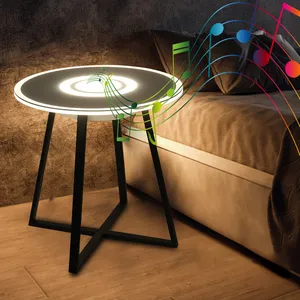







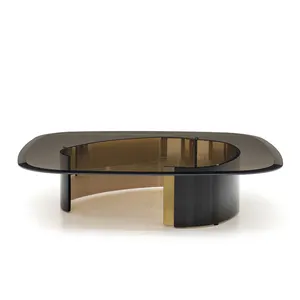
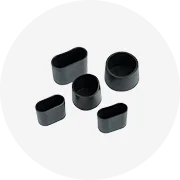
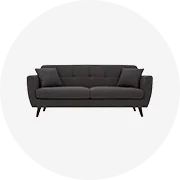
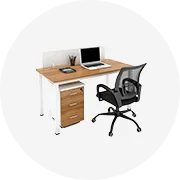
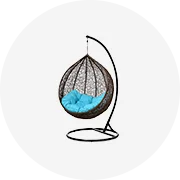
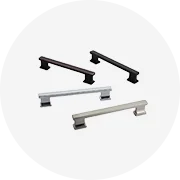
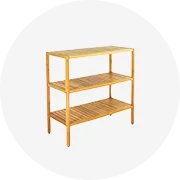
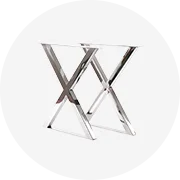
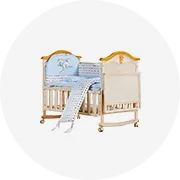








 浙公网安备 33010002000092号
浙公网安备 33010002000092号 浙B2-20120091-4
浙B2-20120091-4